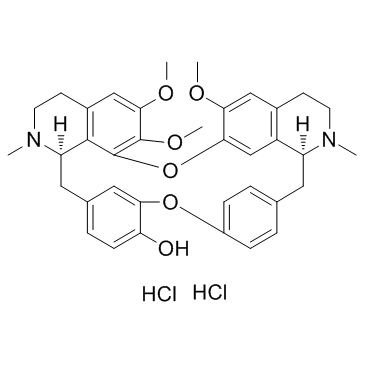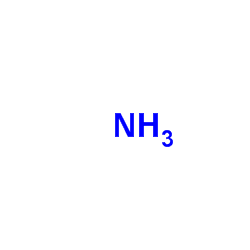| Structure | Name/CAS No. | Articles |
|---|---|---|
 |
Formic Acid
CAS:64-18-6 |
|
 |
Acetonitrile
CAS:75-05-8 |
|
 |
Methanol
CAS:67-56-1 |
|
 |
Berbamine hydrochloride
CAS:6078-17-7 |
|
 |
Ammonia
CAS:7664-41-7 |
|
 |
AMMONIA (14N)
CAS:1026405-88-8 |